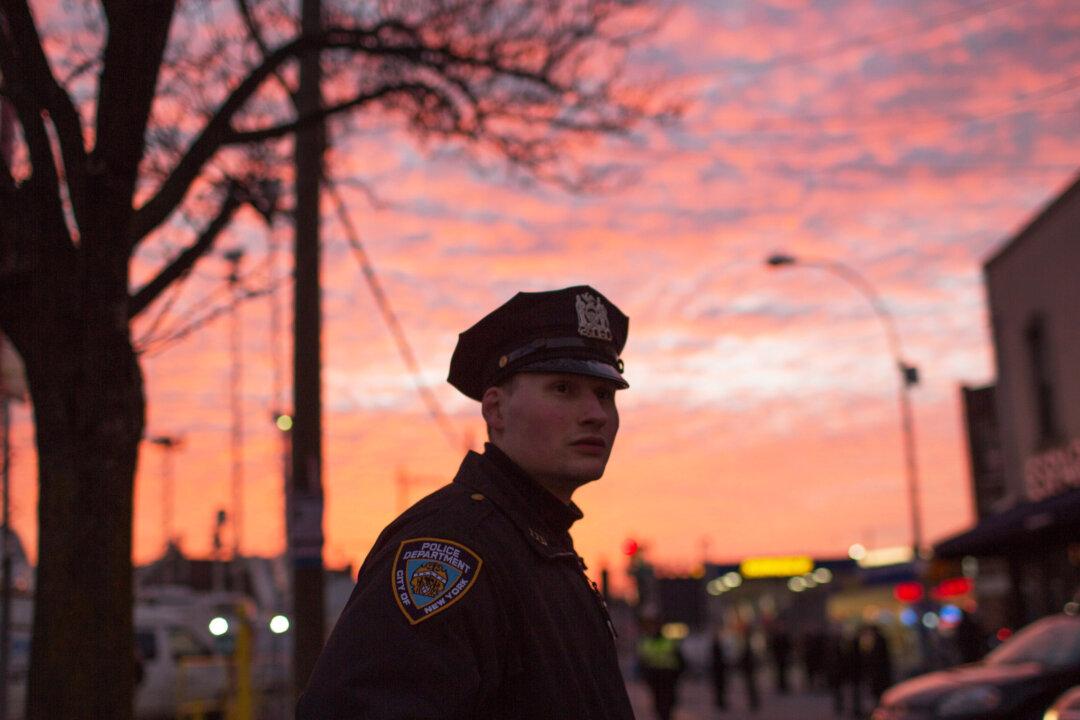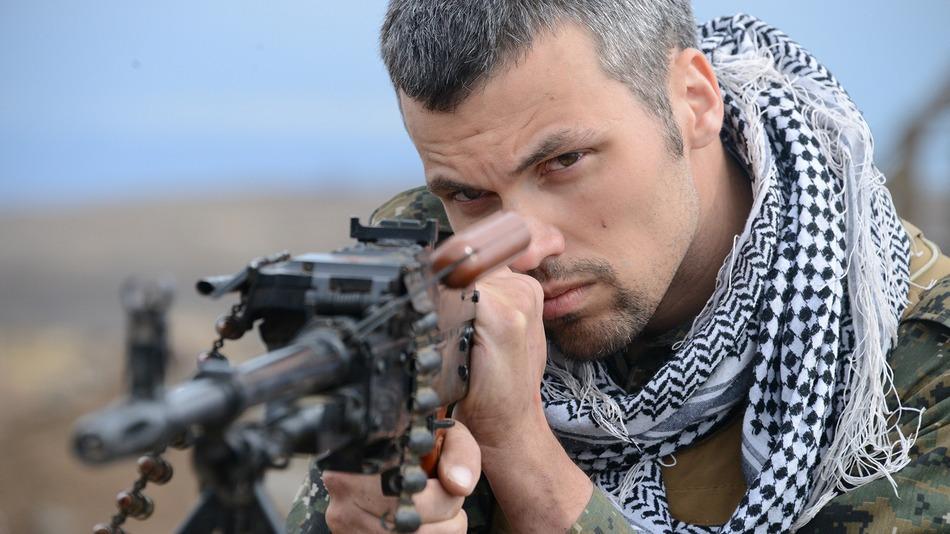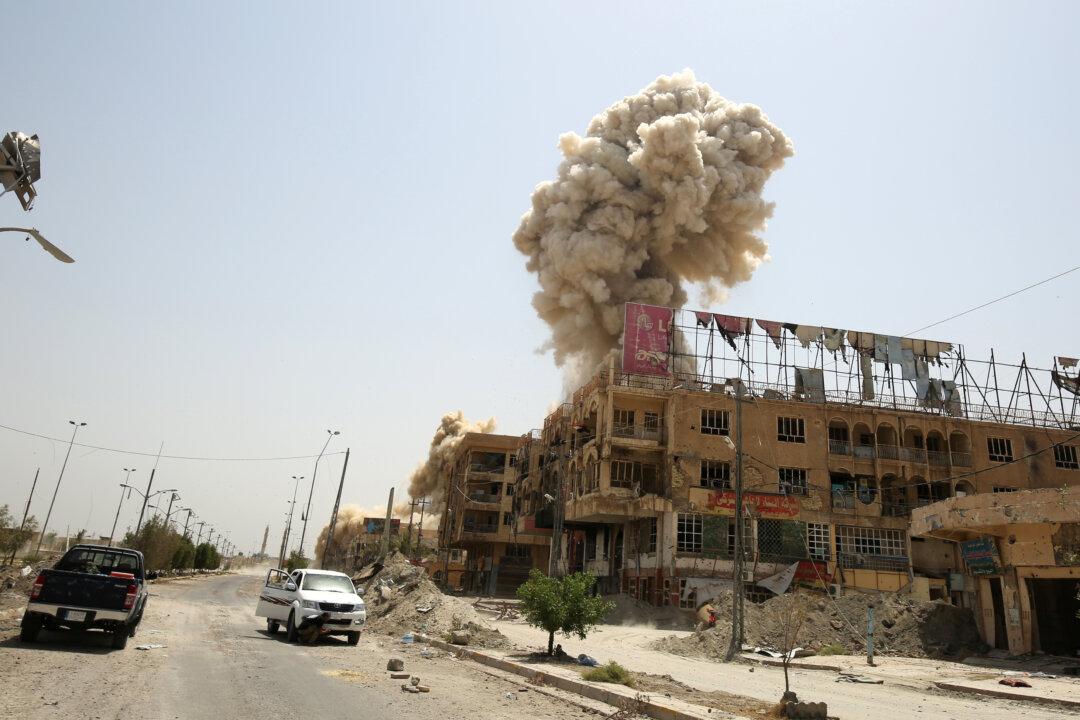Police officer John Cardillo was responding to a call in a restaurant in the Bronx in the 1990’s with three other police when they encountered their suspect. At five-foot-nine he was only about 135 pounds, but so high on a cocktail of hard drugs that he could use his body as a weapon.
“His eyes were completely dilated—he looked like a zombie,” said Cardillo, who retired from the NYPD after a decade and went on to do consulting work with police forces around the country and work as an on-air media analyst.
Years later, though, when asked to recall some of his experiences with suspects on mind- and physiology-altering drugs, that night in the Bronx comes to mind. When the man stole a baseball bat from the restaurant owner, it took four extremely strong male cops to subdue him. They later marveled at the insanity they'd witnessed and the fact that nobody had been injured.
“We could not pry the guy’s fingers off the bat,” recalled Cardillo. “We pepper-sprayed this guy, we used our baton on this guy. Later on we found out he was on a mix of crazy drugs—crack, heroin, PCP.”
Such hard drugs can change a person’s perception of pain and reality to the point that they feel nothing and don’t understand the potential consequences of what’s unfolding.
“It struck me was just how ineffective non-lethal weapons were,” said Cardillo.
This was one of hundreds of encounters he had as a cop with uncooperative suspects. These experiences helped inform his opinion that current court of opinion criticizing police for their use of force is unfair.
“Departments need to start looking at better non-lethal solutions—you’re really putting police at a disadvantage,” he said. “No cop wants to go out there and kill someone. Cops are pretty distraught when they’ve shot somebody.”
Even in the context of necessary force, though, the options for containing a disturbance rapidly diminish when a suspect won’t cooperate.
The Case of Pasco
In Pasco, Washington, where suspect Antonio Zambrano-Montes was shot and killed by three officers on Feb. 10, there is a growing sense of confusion among even the police about the increase in the use of officers’ guns.
Pasco police have drawn their weapons four times (including on Zambrano-Montes) in the past year. According to Sgt. Brian Vaught of the Pasco Police, that used to be an incredibly rare occurrence. From 2005 to 2012, there wasn’t a single case of a Pasco cop firing their gun.
“We’re shaking our heads thinking what the heck are people doing?” said Vaught by phone on Wednesday. “It’s been so uncommon that we have this many shootings in such a short time. We get it. While we don’t want it to happen, we’re always trying to be prepared for it.”




